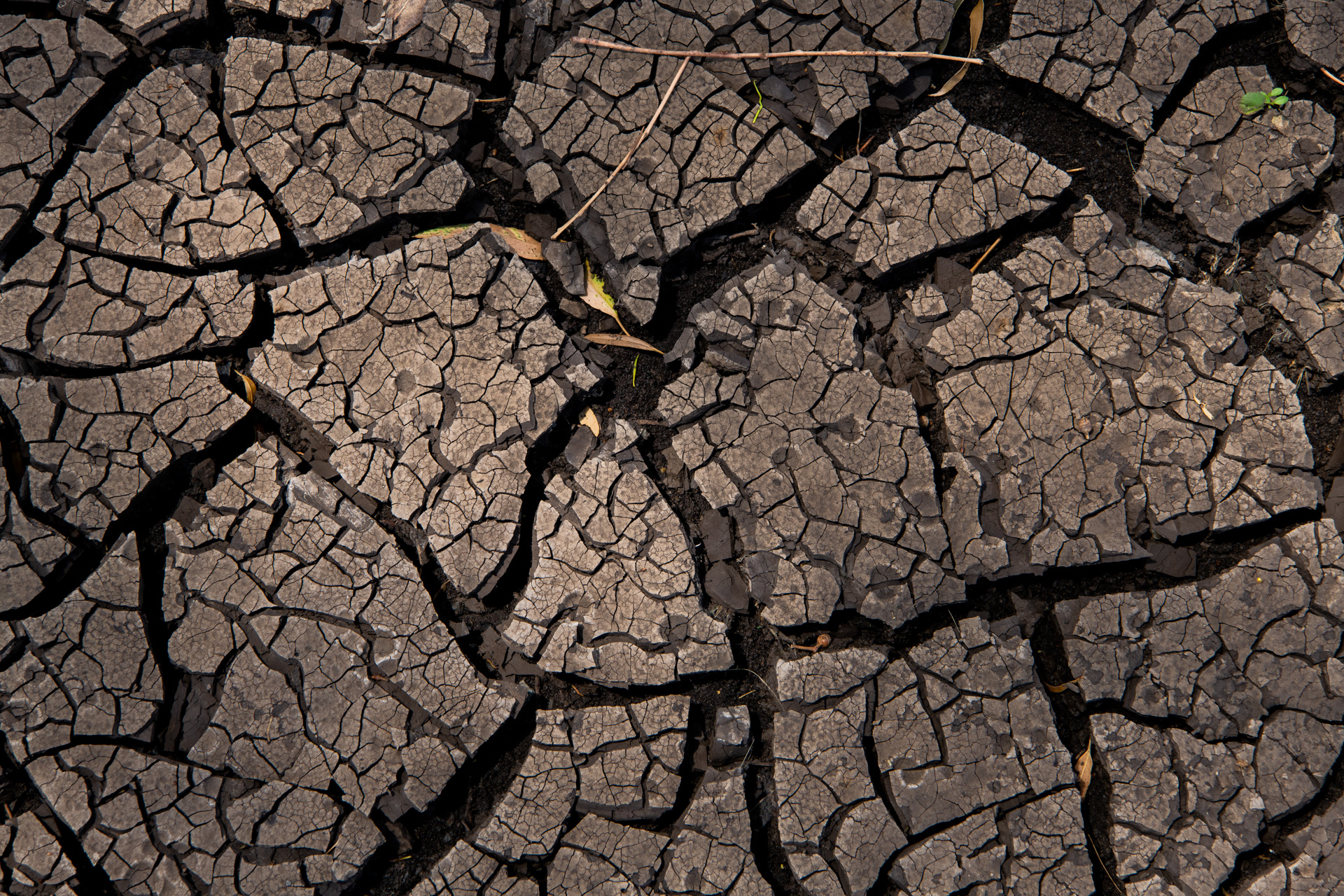|
|
SoilsSoil is the thin layer of material on the earth's surface that is formed from the weathering of rocks and build up of organic material[1]. Soil is made of mainly mineral particles, organic materials, air, water and living organisms. These components of soil interact[1] which forms the basis of soil processes. Soil and soil productivity is crucial to the survival and functioning of ecosystems, as plants depend on soil for nutrients and growth. Quick facts
Soil is a valuable resource that supports ecosystems and ecosystem processes. It forms over time into a soil profile, which contains horizons:
Soils are continuously forming, through the gradual breakdown of rocks by weathering - which can be physical, chemical or biological. Soils also form from accumulation of material through the action of water (alluvial soils), wind (aeolian formed soils) and gravity (colluvial soils). Factors that can affect the formation of soil include the parent material, living organisms, climate (impacting the rate of decomposition and weathering), topography and time. Soils properties are strongly influenced by the parent material (or rock) they are formed from - granite usually breaks down to be sandy and infertile soil, while many basalts break down to form fertile, clay soils. Links and ReferencesSoils explained - Queensland Government Version 5 of Queensland Acid Sulfate Soil Technical Manual, Soil Management Guidelines Pages under this sectionReferences
Last updated: 11 September 2023 This page should be cited as: Department of Environment, Science and Innovation, Queensland (2023) Soils, WetlandInfo website, accessed 18 March 2024. Available at: https://wetlandinfo.des.qld.gov.au/wetlands/ecology/components/substrate/soils/ |

 — Department of Environment, Science and Innovation
— Department of Environment, Science and Innovation


